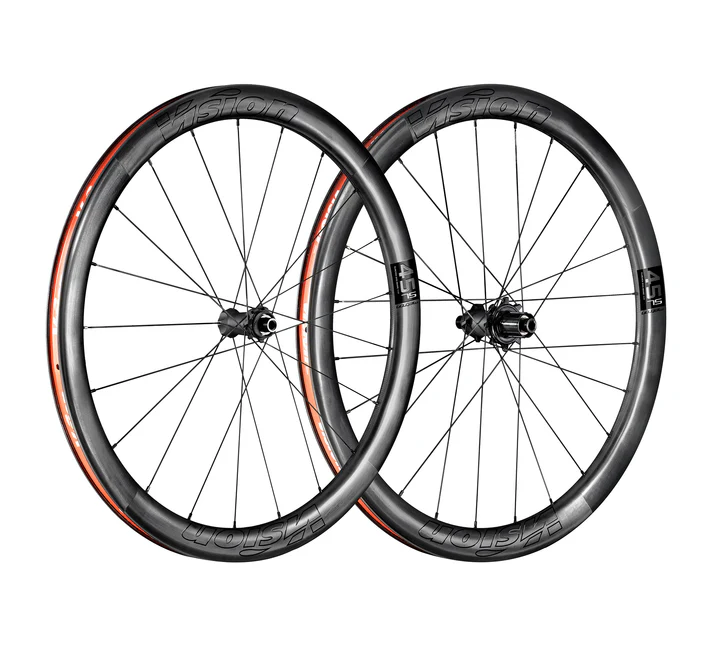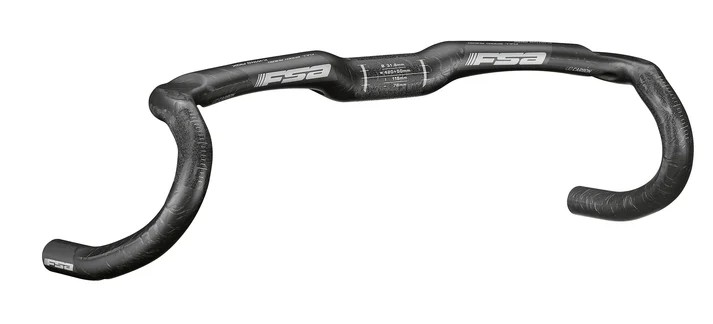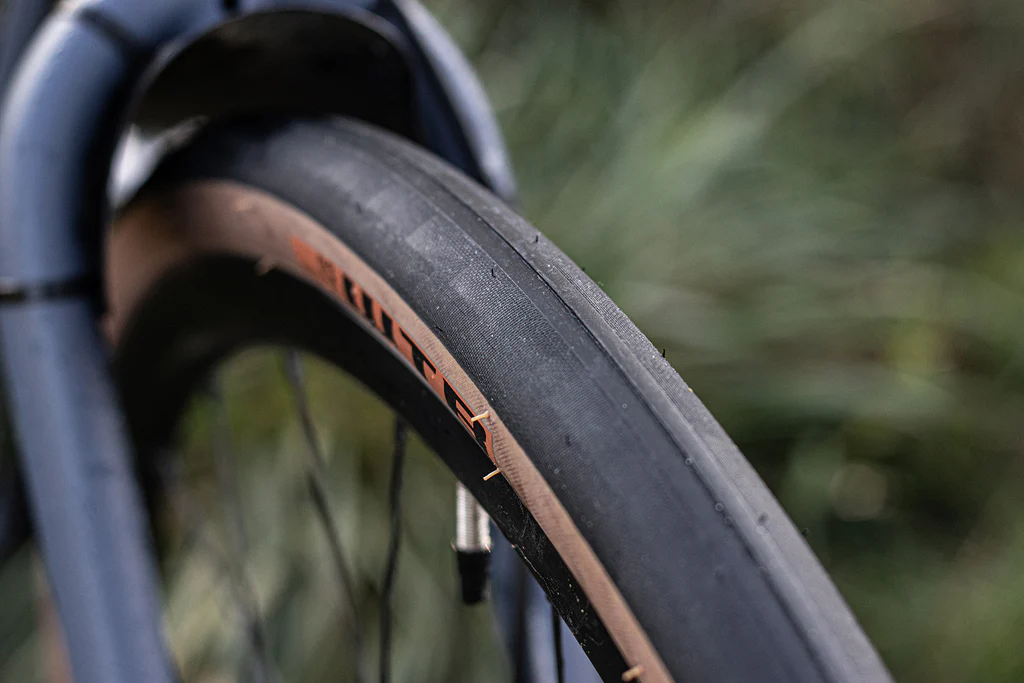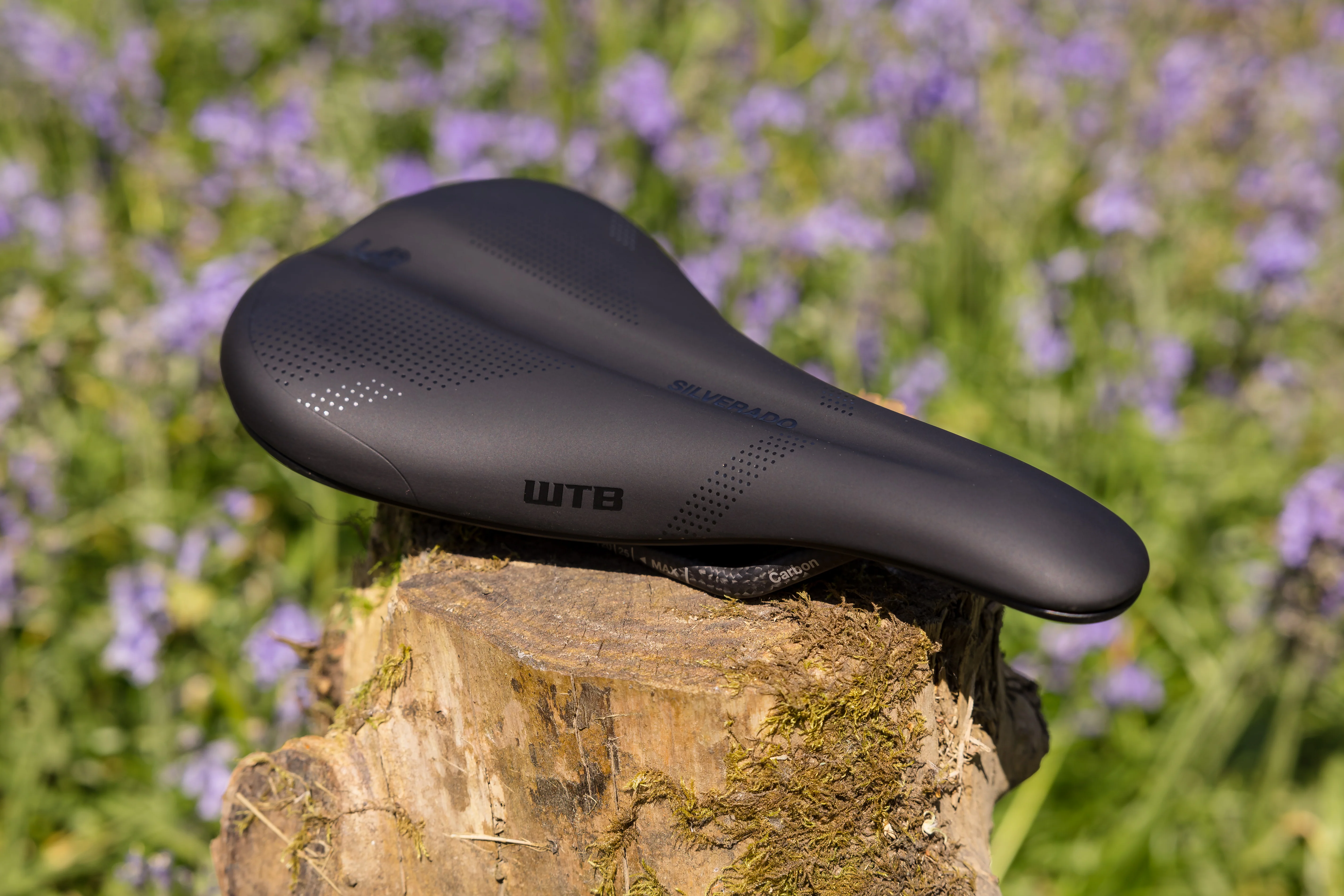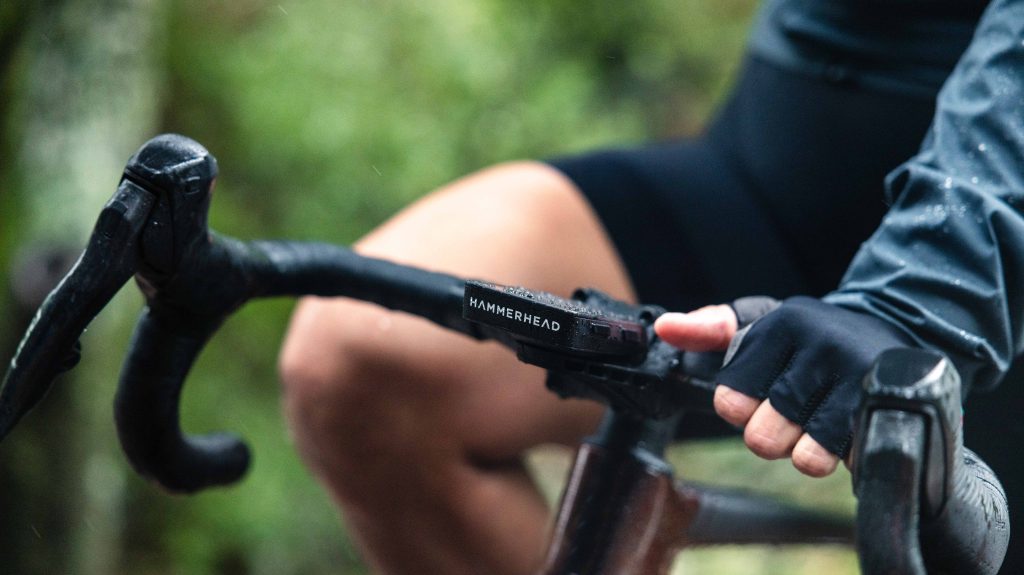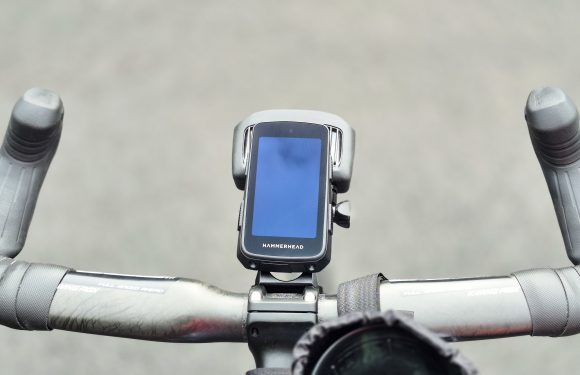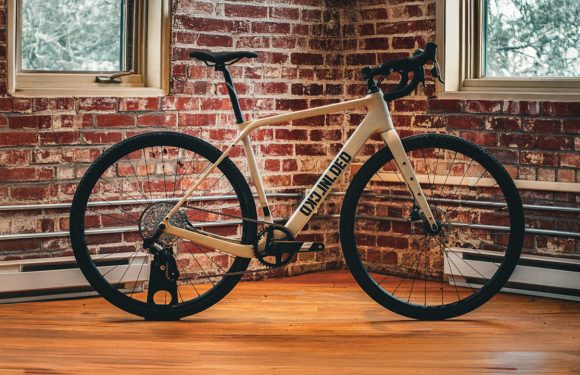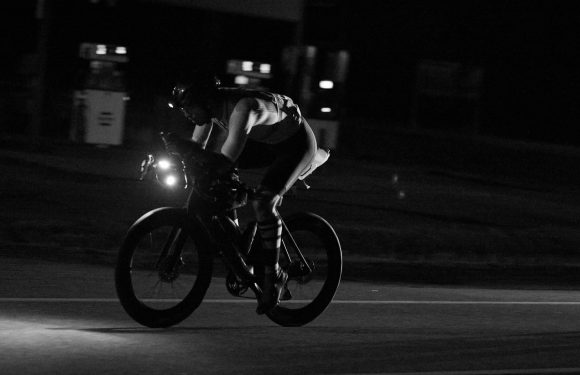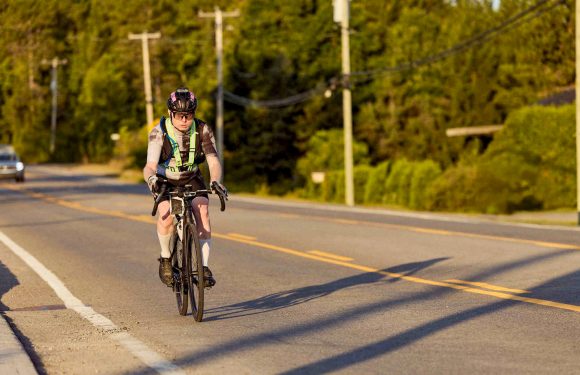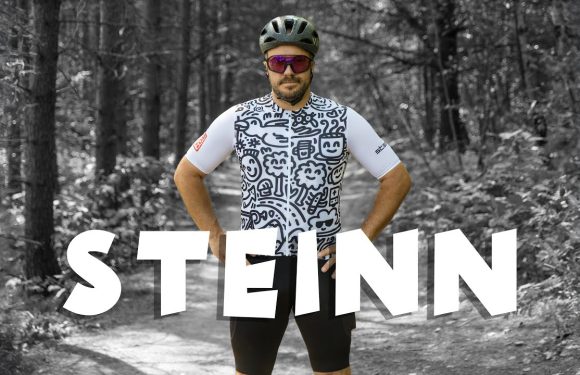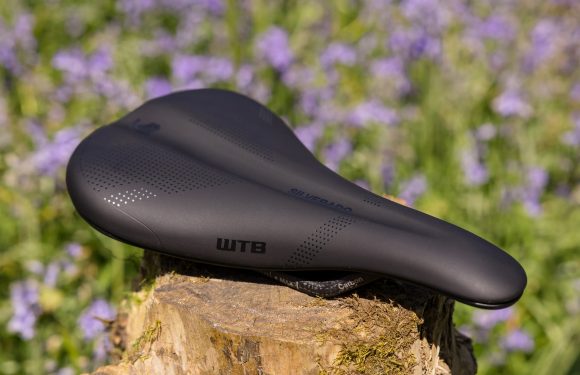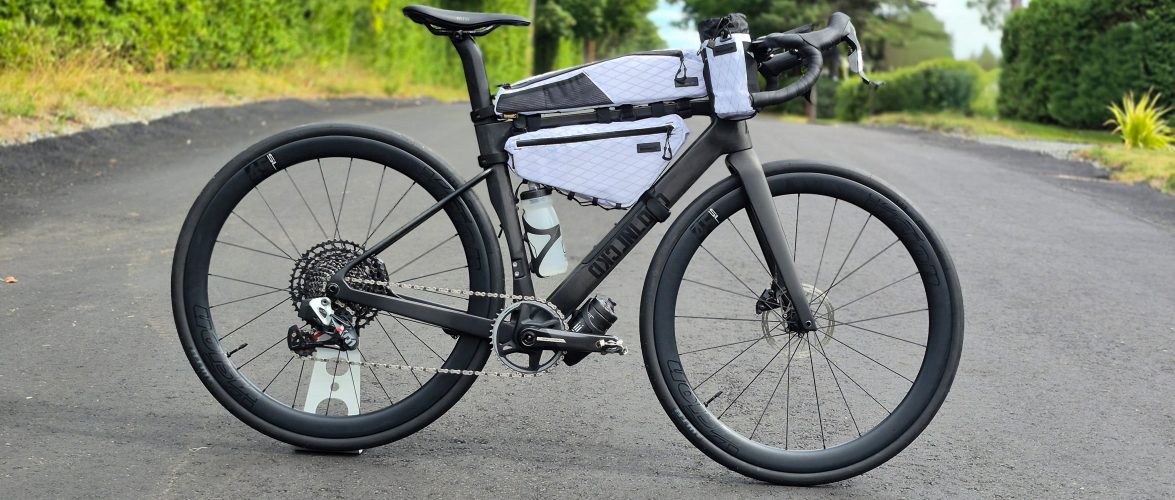
This summer has been all about testing and refining my setup to make sure I’ll have the perfect rig for the Race Across Québec. Since the event requires us to be self-sufficient and to minimize stopping as much as possible, every detail had to be carefully considered. From comfort to reliability and efficiency, the goal was to build a bike capable of handling both the distance and the demands of the race.
About the Race Across Québec
The Race Across Québec will cover 325 kilometers with roughly 3300 meters of elevation gain. It’s not only about endurance but also about managing energy, pacing, and equipment to ensure I can ride efficiently from start to finish. That means my bike has to balance speed, climbing ability, and durability over long hours in the saddle.
The Frameset
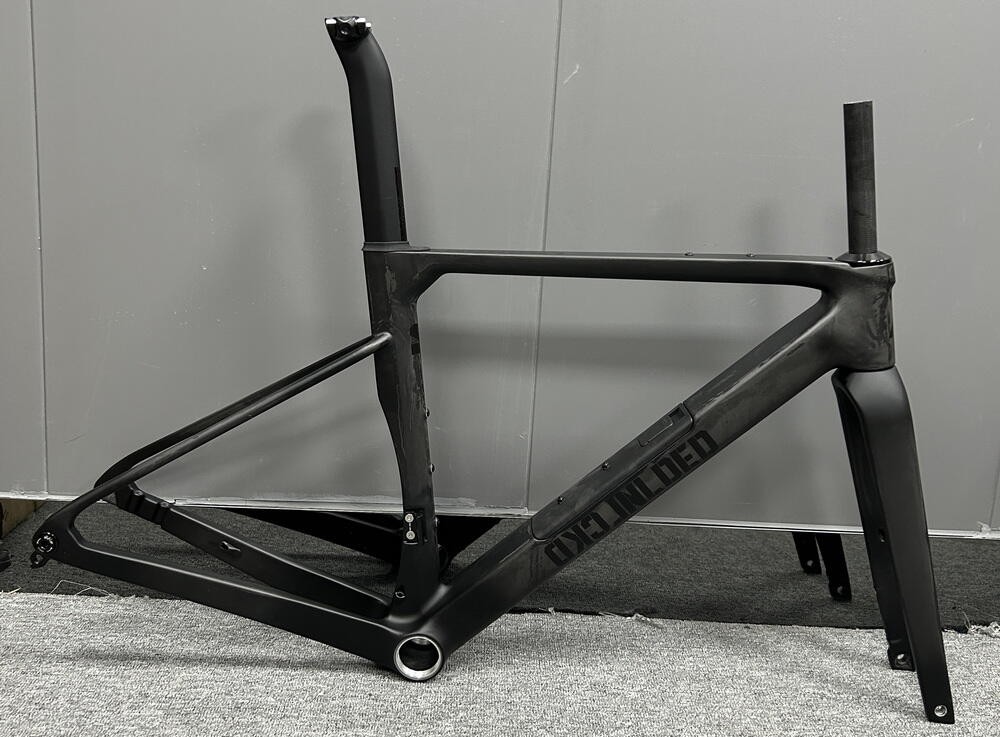
The foundation of my setup is the Lckd N Lded Nordet frameset, their new carbon fiber allroad model. It can accommodate up to 700×38 tires, comes with internal storage, and has more than enough mounts to carry all the gear needed for this type of event. It’s a modern platform designed for versatility and long-distance adventures.
Wheelset
For wheels, I chose the Vision Metron 45 SL TL Disc. These wheels strike the right balance between aerodynamics, stiffness, and weight, making them ideal for a race that mixes rolling terrain and climbing. Their tubeless compatibility also adds peace of mind for long-distance efficiency.My full review here
Cockpit
On the cockpit side, I went with the FSA K-Wing AGX handlebar. A bar I also run on my gravel bike.Comfort and control are critical when you’re on the bike for this many hours, and the ergonomic shape with multiple hand positions will help manage fatigue. The added flare gives me stability and confidence for the varied terrain I’ll face during the race.
Drivetrain
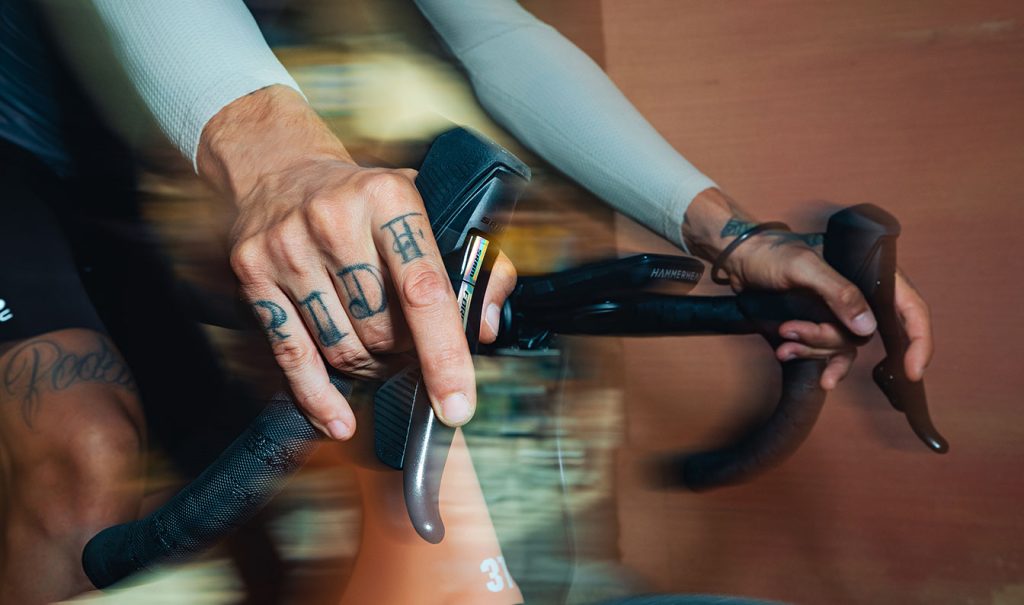
The drivetrain is built around the latest SRAM Force AXS levers, paired with an SRAM X0 rear derailleur and a 10-50 cassette. With over 3300 meters of climbing, I need as much range as possible to keep a smooth cadence on steep gradients. Up front, I’m running a SRAM Force crankset with a 40-tooth chainring, which strikes the right balance between climbing efficiency and maintaining speed on rolling sections. This gearing setup ensures I’ll be ready for whatever the course throws at me.
Tires
For tires, I selected the WTB Exposure in 700×32. Choosing 32mm was about more than comfort. It’s about versatility. The course is primarily paved but can vary in quality, and these tires give me the cushioning I need for rougher sections while staying efficient on smoother roads. They’re the right compromise for long-distance comfort and speed. My full review here
Saddle
Contact points are critical for an event of this length, and for the saddle I went with the WTB Silverado. Its streamlined shape and balanced padding make it a proven choice for endurance riding. I’ve used it extensively in training and trust it to provide the comfort and support I’ll need during long hours in the saddle. For the Race Across Québec, where staying efficient means spending most of the day seated and pedaling, the Silverado gives me the confidence that my saddle won’t be a limiting factor. My full review here
Bags
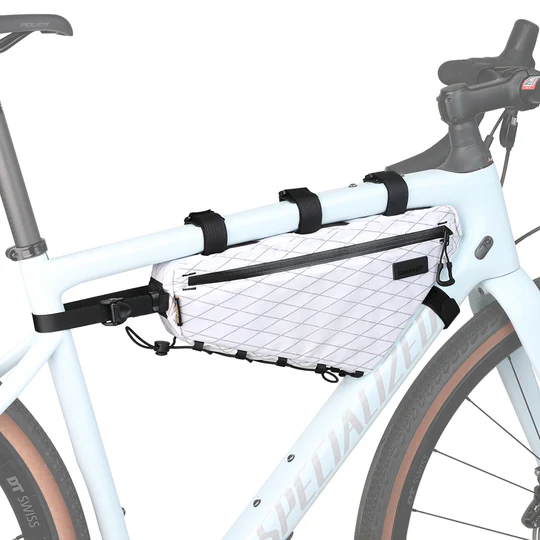
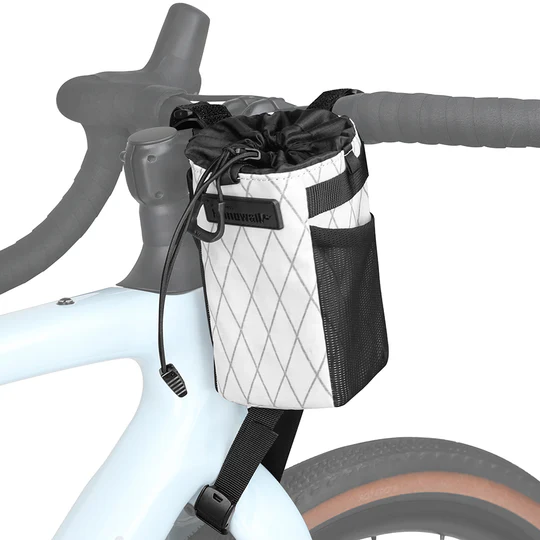
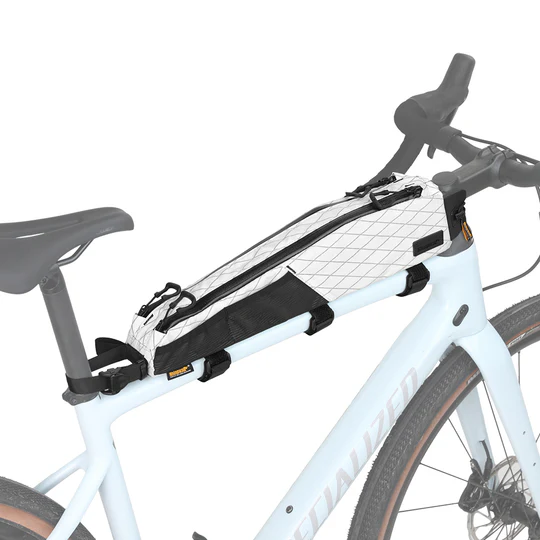
Storage and carrying capacity are equally important in a self-supported event. After searching for full-length top tube bags, I found Rhinowalk bags made with X-Pac fabric. I went with their framebag for essential gear and nutrition, and I also added a stem bag for quick-access items like candies, which will help keep my energy steady during the long day.
Lighting
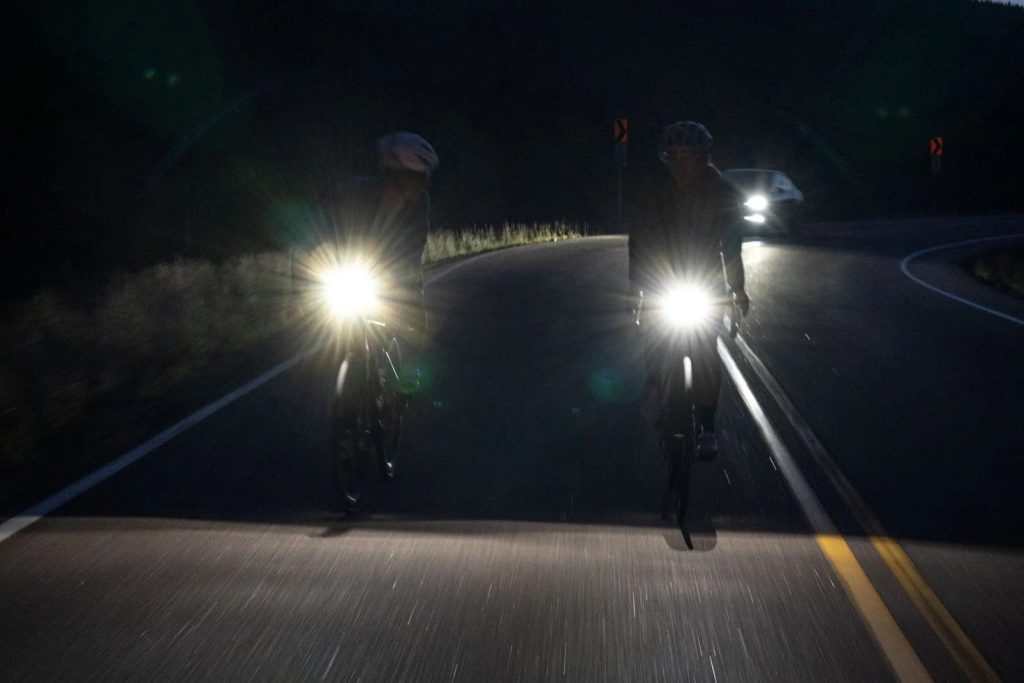
Lighting is another critical piece of the puzzle, especially since the race starts at 4 a.m. and there’s no guarantee of when I’ll finish. For the main beam, I’ll use the Outbound Lighting Detour road light, paired with their Hangover model mounted on my helmet. For visibility, I’ll run Blackburn Grid front and rear light set on both the front and back, ensuring I remain seen and safe throughout the long hours of riding, whether in the dark before sunrise or late into the evening.
Computer
Finally, my data and navigation will be handled by the Hammerhead Karoo 2. It integrates seamlessly with my SRAM AXS setup and will be essential for tracking pacing, monitoring performance, and keeping me on course throughout the race. In an event where efficiency matters, having reliable navigation means fewer stops and no wasted time.
In conclusion
Every choice on this bike was made with the demands of the Race Across Québec in mind. From the frameset to the drivetrain, wheels, bags, and lighting, the goal was to create a setup that balances speed, comfort, and reliability over long distances. After a full summer of testing, I feel confident that this rig will give me the efficiency and self-sufficiency needed to take on the challenge of 300 kilometers and 3300 meters of climbing.


